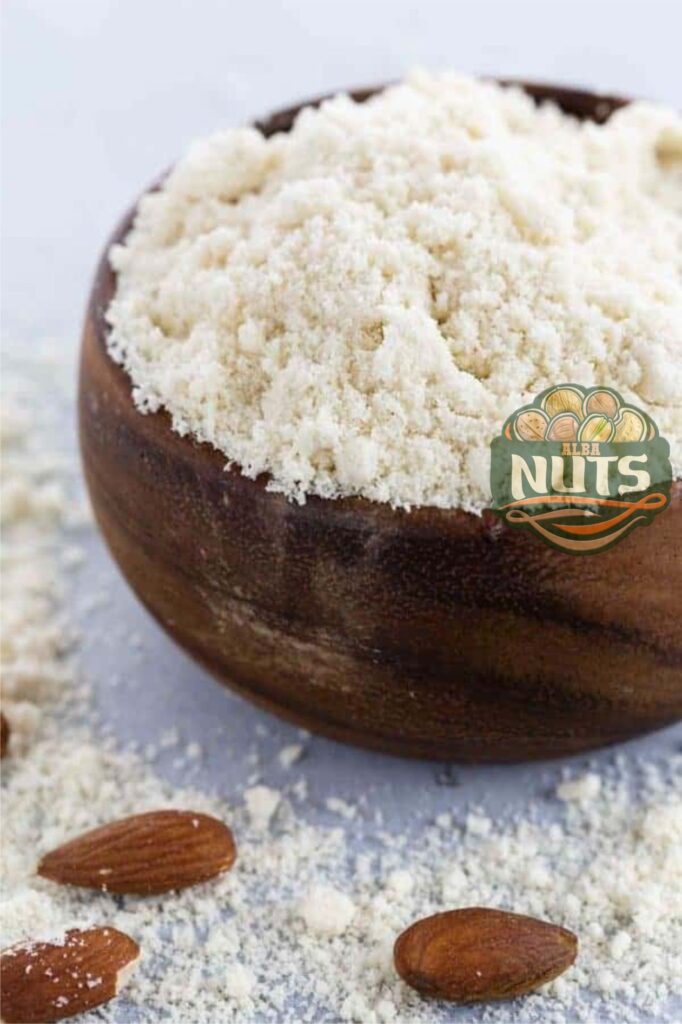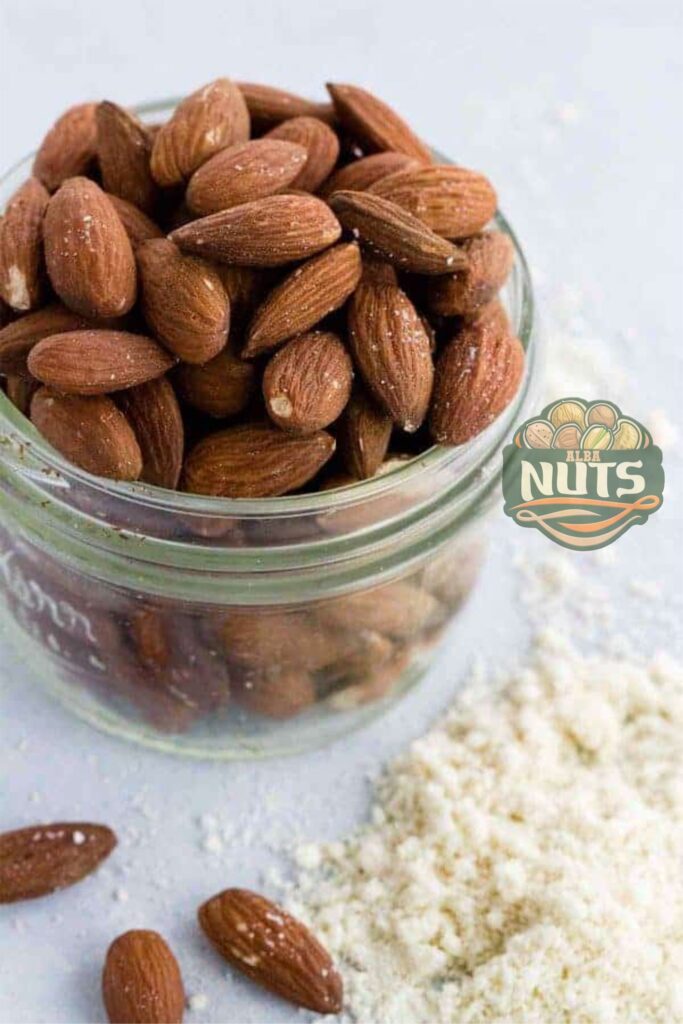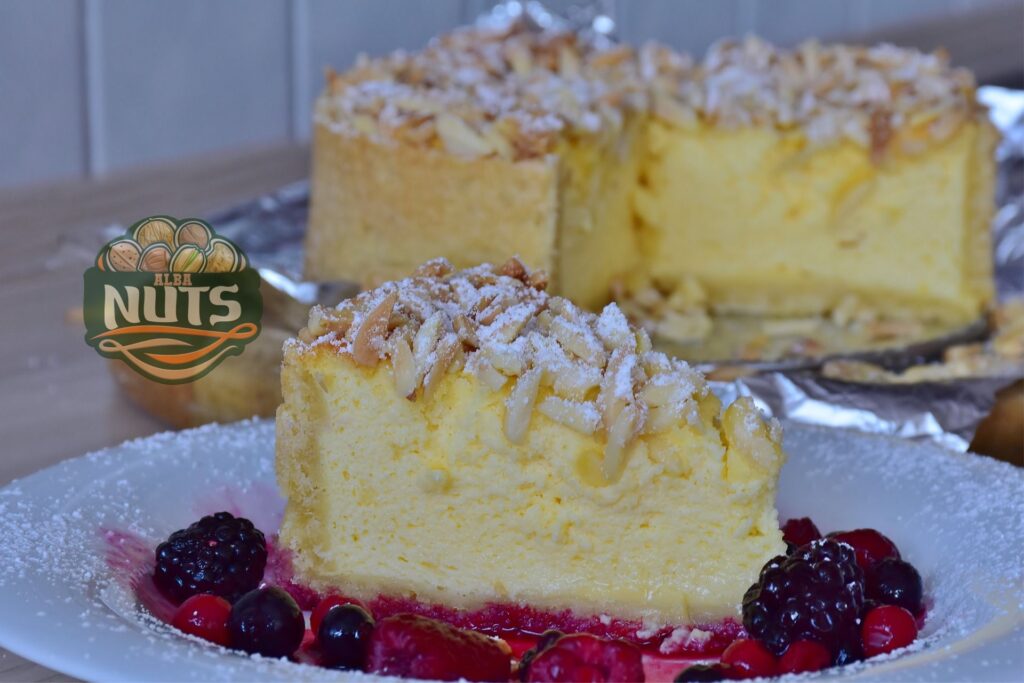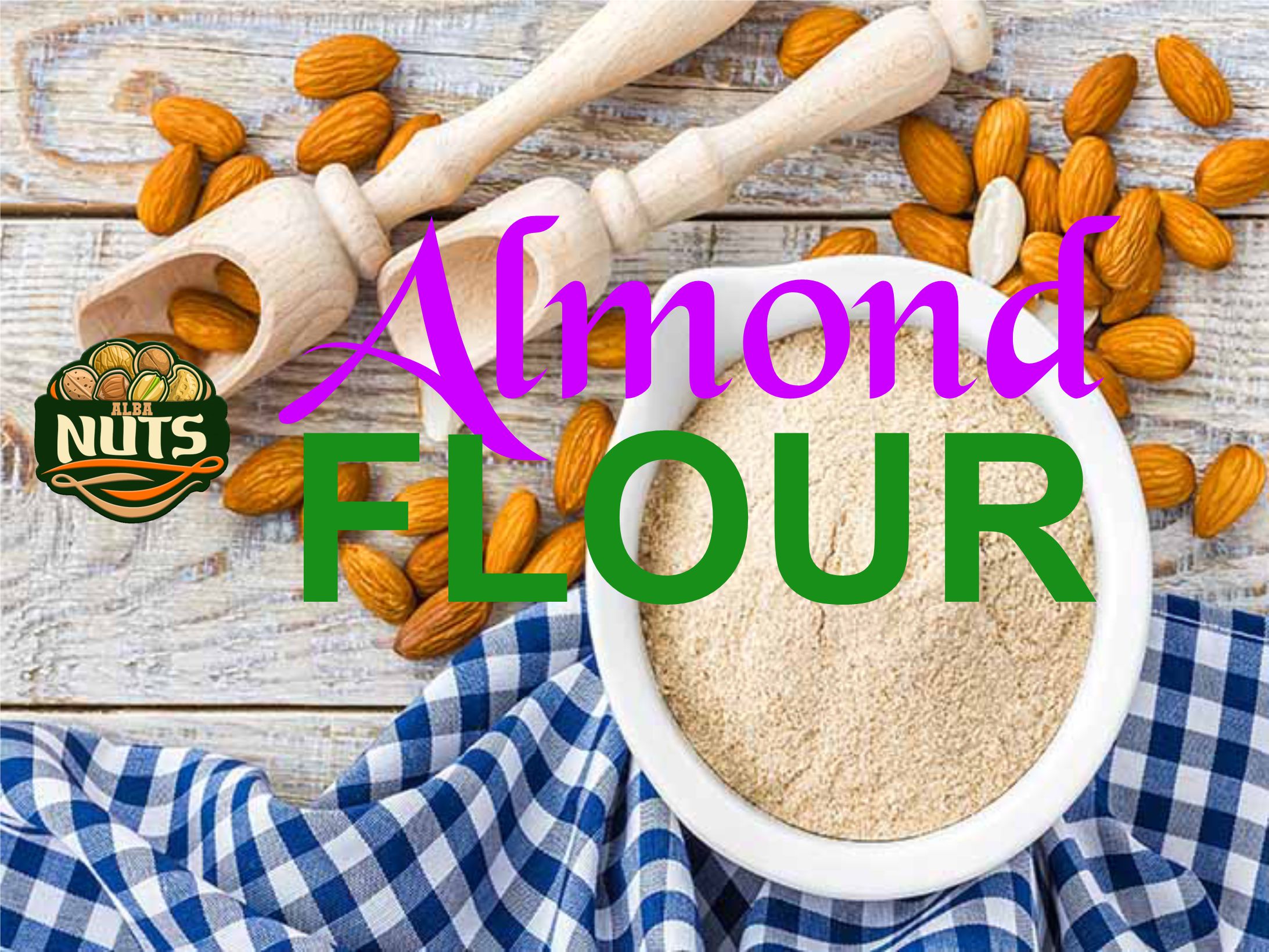Almond flour or almond meal is a gluten-free nut flour that is composed of ground blanched or unblanched almonds. Blanching means the outer brown skin has been removed. Either way, the nuts are ground into a fine powder. Almond flour is a popular substitute to traditional wheat flour as it is low in carbs, packed with nutrients and has a slightly sweeter taste. In comparison to traditional wheat flour, it reduces bad ‘LDL’ cholesterol and insulin resistance. The USDA also writes that almonds contain vitamins, minerals and other essential nutrients. As a result, many people have resorted to almond flour because of its overall benefits to the body as compared to normal flour. People living with coeliac disease or gluten intolerance, prefer almond flour as it does not contain gluten.

Almond flour is versatile enough to be used in many different baking applications. Its flavour also gives your recipes a unique punch, as compared to plain traditional flour. It is rather expensive in comparison to traditional flour but it is healthier and an excellent choice for your needs.
Almond Flour Nutrition
Almond flour has a myriad of nutrients, including the concentration of healthy fats, protein and dietary fibre. In 125g of almond flour, there is 14% of your daily recommended protein requirements, and almost 10% of the recommended daily dietary fibre. The flour is also a great source of essential carbohydrates, especially vital to those who are replacing wheat flour in their diet. The flour is also rich in vitamin E as it contains more than 100% of your daily requirements per serving. Additionally, the flour is rich in calcium, magnesium, iron, riboflavin and potassium.

The USDA Nutrient Database further provides that in a quarter cup serving of the flour, there are:
- 150 calories
- 6g of protein
- 11g of fat
- 6g of carbohydrates
- 3g of fibre
- 1g of sugar
- 60mg of calcium
- 2mg of iron
Cooking and Baking with Almond Flour
Cooking
Ground almond flour can be used as a coating for seafood, like fish and shrimp, on vegetables and even on chicken. Just dip in egg first to help the flour stick and then pan fry in oil. The ground almond nuts can also be used as a fragrant and crunchy topping or used as bread crumbs for casseroles, mac & cheese, or vegetables.

Baking
The flour is gluten-free and as such you will find it hard for it to rise while using as a 100% replacement for wheat flour. Using only almond flour alone can cause products to be dense due to the proteins and oils. As such, bakers advice that you use the two flours together, to add texture and flavour. If you want to solely rely on nut flour, you will have to rely on eggs, to add structure to the baked goods. Use finely ground flour as possible, because sometimes, mealier or coarser varieties might not hold their shape. With almond flour, you have the opportunity to bake delicious cookies, cobblers, bread, pancakes, waffles, tortillas, brownies, muffins, and crusts.
CAUTION
Storage: Storage for nut flours is critical to avoid rancidity–the refrigerator or freezer in a tightly sealed container should do the trick.
Allergies: There is a potential risk for those with allergies, so make sure you consider this when serving anything to someone who may be allergic to nuts.



1 Comment